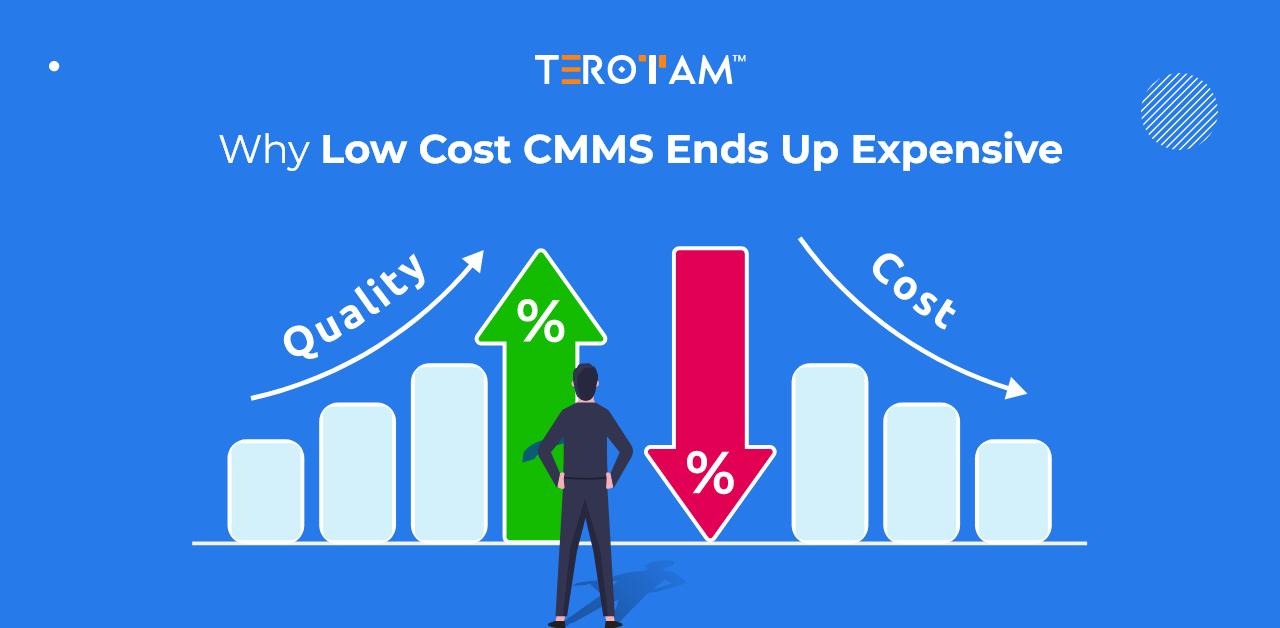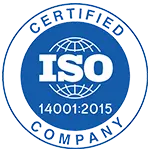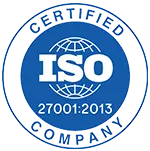Many businesses believe they are saving money by avoiding the upfront cost of a computerized maintenance management system (CMMS). The reality is very different. Hidden inefficiencies, untracked failures, and poor visibility silently drain budgets in ways that don’t show up until it is too late. What seems like a cost-saving choice often turns into recurring financial leaks that hurt both operations and profitability.
Maintenance teams that rely on spreadsheets, manual records, and disconnected systems face challenges in scaling, compliance, and asset reliability. These challenges translate into expenses that could have been avoided with better planning and automation. This article explains the seven hidden costs of not using a CMMS and shows how industries can protect themselves from these financial pitfalls.
Technical blind spots in maintenance without CMMS
Manual systems and spreadsheets may seem manageable, but they leave several blind spots in operations. Real-time asset condition tracking is almost impossible, work orders lack visibility once assigned, and inventory records rarely reflect actual stock levels. As a result, maintenance managers cannot measure KPIs like mean time between failures (MTBF), mean time to repair (MTTR), or wrench time with accuracy.
These blind spots create uncertainty in planning, delay corrective action, and increase the likelihood of overspending on unplanned repairs. Over time, these inefficiencies compound and lead to significant operational losses that remain unnoticed until they surface in the form of downtime, compliance penalties, or wasted resources.
A lack of CMMS doesn’t just cause visible issues like downtime — it creates multiple hidden cost layers that silently erode profitability. These costs accumulate in small but consistent ways across labor, spare parts, compliance, and asset health. Without structured digital maintenance tracking, managers cannot quantify these losses, making them even more dangerous to long-term business performance.
1. Inefficient work order management

Without CMMS, work orders are tracked manually, leading to duplication, missed updates, and delays in task execution. Technicians may waste hours locating the correct job details or verifying instructions, which directly reduces wrench time. When work orders are not centralized, managers cannot analyze backlogs or prioritize based on asset criticality, resulting in disorganized workflows that push costs higher.
2. Extended equipment downtime and reactive maintenance
Unplanned breakdowns are costlier than scheduled interventions. Without CMMS-driven preventive maintenance schedules, machines often run until failure. This not only increases mean time to repair (MTTR) but also disrupts production schedules, forcing businesses into expensive overtime, expedited parts procurement, or outsourcing. Reactive maintenance over time inflates repair costs and reduces operational capacity.
3. Compliance failures and penalties
Industries regulated under OSHA, ISO, GMP, or environmental guidelines require accurate, time-stamped maintenance records. Relying on paper logs often leads to missing documentation during audits. Missing calibration histories, inspection reports, or safety checks can result in fines, legal action, or even loss of operating licenses. Beyond monetary impact, compliance failures can damage a company’s reputation and customer trust.
4. Excessive spare parts and inventory waste
When inventory is managed manually, teams often over-purchase parts to avoid shortages or understock critical spares, leading to costly emergency orders. The result is inflated carrying costs, stock obsolescence, and frequent downtime while waiting for parts. Without automated reorder points and consumption tracking, businesses struggle to align spare parts management with actual usage trends.
5. Labor inefficiencies and wrench time loss
Technicians often spend more time searching for parts, waiting for instructions, or redoing incomplete tasks than actually repairing equipment. Without CMMS, managers cannot measure wrench time or identify productivity gaps. This leads to overstaffing or overtime costs that could have been avoided through better workload balancing and task tracking.
6. Reduced asset lifespan and premature replacements
Preventive and predictive maintenance directly impact asset longevity. In the absence of CMMS scheduling, critical tasks like lubrication, calibration, or component replacement are often delayed or overlooked. As a result, assets wear out faster, requiring premature capital investment in replacements. The total cost of ownership (TCO) increases significantly, eroding return on assets (ROA).
7. Poor decision-making from fragmented data

When asset histories are scattered across spreadsheets, email trails, and paper records, decision-making slows down. Managers lack visibility into performance trends, cost analysis, or root cause failures. This leads to reactive budgeting, inaccurate forecasting, and poor capital allocation. Inaccurate data not only increases operating costs but also weakens long-term strategic planning.
How CMMS acts as a cost containment and recovery tool?
A CMMS directly addresses these seven cost areas by creating a centralized, real-time view of all maintenance activities. Work orders are digitized and tracked from initiation to closure, improving technician accountability and reducing downtime. Preventive schedules can be automated, ensuring that assets receive timely service before breakdowns occur.
Inventory modules within CMMS optimize spare parts management through demand forecasting, real-time consumption tracking, and automated reordering. Compliance becomes easier with digital logs, calibration certificates, and audit-ready reports that meet regulatory requirements. Capturing asset history and performance metrics allows managers to calculate MTTR, MTBF, and TCO with accuracy, leading to more informed capital planning.
CMMS operates as a cost-recovery system that eliminates hidden financial drains, improves asset lifecycle management, and strengthens decision-making. For industries facing increasing competition and regulatory pressures, this shift is no longer optional — it is a necessity.
Conclusion
Every company pays a cost for maintenance — the only difference is whether that cost is managed or left hidden. Without CMMS, inefficiencies remain buried in downtime, wasted labor, excess inventory, and compliance risks. These costs, while invisible on the surface, weaken profitability and operational resilience over time.
Adopting CMMS ensures maintenance operations shift from reactive firefighting to structured, data-driven processes. The result is not just lower costs but also improved productivity and asset performance. To protect your business from these hidden costs, reach out to us at contact@terotam.com










